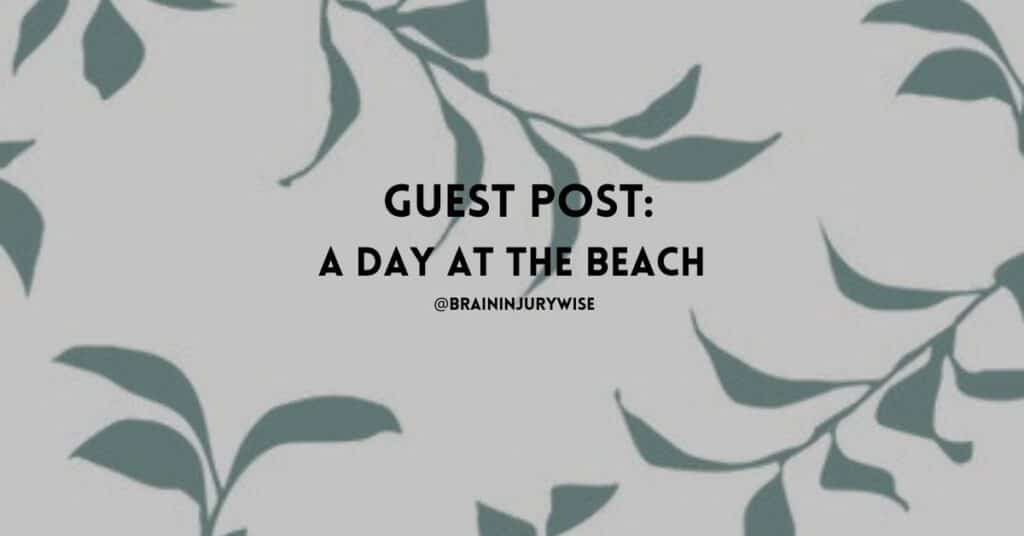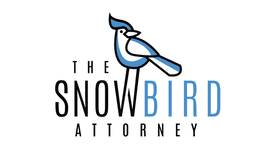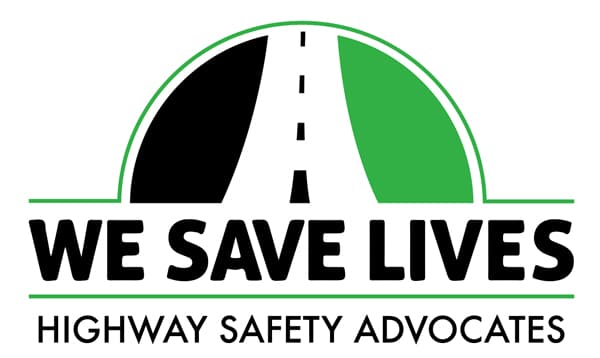
You know when you are at the beach, you are looking for shells, and sometimes in the tall grasses you find rocks to turn over to see what’s underneath? On occasion, and with a gasp, you find you have surprised a group of ugly bugs who quickly race out of sight? The point is that often and when you least expect it, you find yourself face to face with something unpleasant and your first reaction is disgust, aversion, and an impulse to quickly replace that rock, and get out of there.
Knee Jerk Responses Post Accident
When I think of these experiences, I can’t help but see my car accident as an analogy. My car accident and resulting brain injury have caused many initial and lingering symptoms. In the first few years as I tried to get my bearings, I was trying to figure out what and who I was now. As I got to know my new self, just like turning over rocks at the beach, some very unpleasant features of my post-accident self were exposed. It was hard to see, and my knee jerk response to these was to ignore, suppress, run away, deny, and evade.
Later, after putting some of these unpleasant features in my beach pail for further examination, and sifting through lots of “sand”, I could finally identify them as denial, defensiveness, fear, lack of confidence, resentment and pain. I also realized this emotional labyrinth was part of a larger and more complex trauma response I had become ashamed of. My defensiveness was a shield used to block any further emotional assaults insisting I was always right. I used to minimize further erosion of my self-esteem denial in an attempt to let my brain process losses more slowly, and be less vulnerable. My demand for congruence from others was to protect my brain from more confusion, and lessen the cognitive work of having to reconcile differing opinions. My anger was a vehicle to express all feelings.
Like Bugs Under a Rock
My compulsion to hold others to account was an attempt to prevent the injuries that come through gaslighting. My need for justice was to compulsively keep score so I would feel less small and vigilance was heightened to be on the lookout for threats of all kinds. As Marvin Gaye once said, “these were all I needed to get by.” They were my emotional survival kit. The only problem was that I had categorized them in my mind as “maladaptive” “painful” “exhausting” and “shameful”. I wanted so desperately to be seen as okay, normal, coping, “nothing to see here”. I used these emotional crutches and at the same time judged them and so desperately wanted to look away. These were my bugs under the rocks. I was conflicted. I was working at odds with myself. This was not sustainable.
But then it happened. I saw those bugs and wanted to see where they went. Why were they there? What was their purpose? Were there more rocks? With further time and experiences, as my body allowed this exploration, I realized that OF COURSE!!! THE REASON I WAS USING THESE CRUTCHES WAS THAT MY BODY DIDN’T WANT ANY MORE PAIN AND WAS TAKING STEPS TO PROTECT ITSELF! Typically, after trauma, one doesn’t want more trauma and will go to great lengths to prevent it. That made a lot of sense to me. It was so simple! My stance with myself softened. I realized that these were a necessary part of the emotional healing process.
Just like the bugs under the rocks are part of a larger beach ecosystem. What had to change was my perception of them. As I understood their function, I developed a softer tone with myself and forgave my own shame. I began to understand that these defenses, feature, habits, whatever they might have been, were actually an opportunity to learn about myself and allow myself the grace to heal. I found others were sometimes not as understanding of my quick temper or unrelenting demands, or responses. But living to please others is no way to live. The people who love and support you the most will ultimately understand.
Dig Deep into Your Beach Pail
This is not a get out of jail card. To be clear, these behaviours are simply giving you the opportunity to really examine what is in your beach pail, and inviting you to dig a little deeper into it. When you see these features as opportunities, it allows the deeper understanding that as you move through your healing, you may not always like what you see but it is all part of the process you are supposed to be going through. You are human. You are not perfect.
And if you, dear reader, recognize any of these behaviours within yourself, run to them. Dig deep in that sand. Use a slotted spoon and see what really comes to the surface. Healing is ugly at times and if we are ready for that in our own minds, we will see it, meet it, greet it, steep it and keep right on going to the next set of rocks where embracing curiosity should be the guide. I guarantee that way you will learn a lot more about yourself than what your first reaction of trying to run away might afford. And that is the ultimate guide to healing.
For more information on Brain Injury Wise please visit: braininjurywise.com and we also encourage you to follow their story on instagram at Brain Injury Wise.






